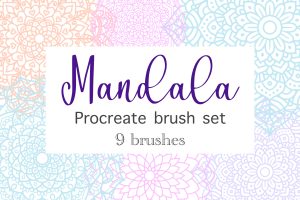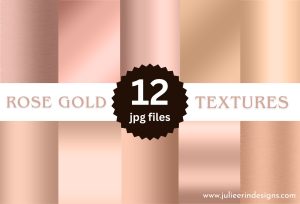In this post you’ll learn the basics of how to start an art blog along with tips, strategies, and content ideas for long term success.
How to Start an Art Blog: Tips & Strategies for Success
read more
In this post you’ll learn the basics of how to start an art blog along with tips, strategies, and content ideas for long term success.
In this article I discuss how to create a strong brand identity that sets your art business apart from the competition.
In this post I discuss the most effective methods for promoting your art online to help you find your audience, and for them to find you!
I’m an digital artist, surface designer, and online educator from Vancouver, Canada.
I’ve sold thousands of physical and digital products worldwide through print on demand companies.
Through my online classes and blog, I teach other artists how to sell their own art online and turn their passions into a business they love.





